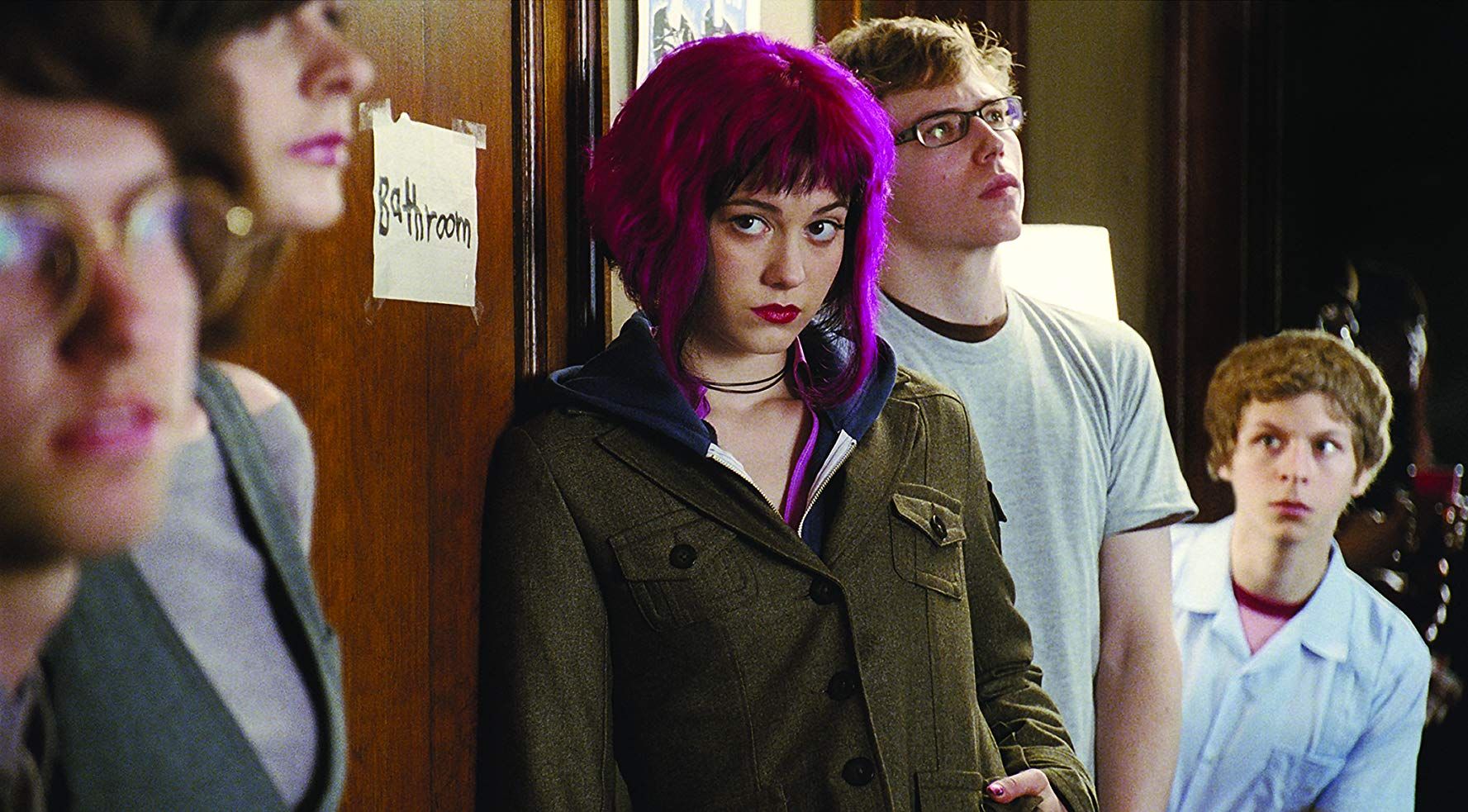Table of Contents Show
2010: The start of a new decade, as well as the year where geek and fandom culture began to start gaining heavy traction within the mainstream. From zombie mania brought on by Robert Kirkman’s The Walking Dead to the end of the beloved Harry Potter era, 2010 also brought us something that remains a cult classic to this day, even ten years later.
August marked the 10-year anniversary for the classic film Scott Pilgrim Vs the World, and it is certainly something to be celebrated. Adapted from Bryan Lee O’Malley’s hit graphic novel series, Scott Pilgrim is overflowing with beautiful graphics, memorable music, and lovable characters that have imprinted on the hearts of many. The film has become one of the most beloved classics in geek culture, which still manages to bring in fresh fans even ten years later.
Scott Pilgrim vs. the World had single-handedly embraced an entire generational culture and continues to have a strong influence on the ones that followed, despite the generational gap.
The Strange, Yet Relatable World Of Scott Pilgrim
The film begins by introducing the protagonist, Scott Pilgrim; a seemingly average guy in his early twenties living in Toronto, Canada. He lives a pretty normal life that doesn’t have much going for him aside from his shared studio apartment with charming roommate Wallace, and Sex Bob-Omb, a band he plays bass in consisting of his closer-knit friends. After a bad breakup, Scott doesn’t take many things seriously and continues to simply coast through life until he meets quirky and bright-haired American, Ramona Flowers.
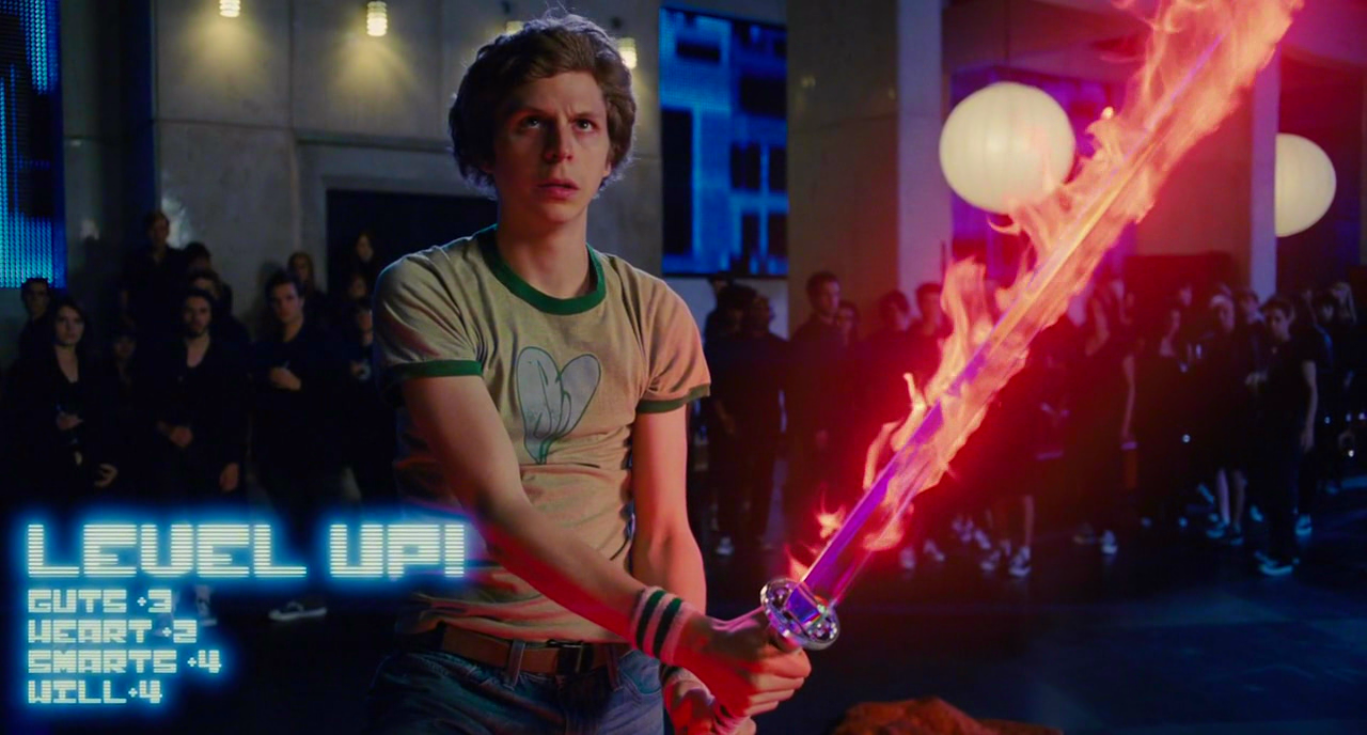
From then on Scott’s life is far from average as he is thrust into a video-game-like scenario, where in order to be able to date the girl of his dreams, he must first take down her seven evil exes. For every ex Scott faces, things get slightly more complicated between him and Ramona. Both are forced to confront their feelings and inner demons in order to move forward. Scott does this by leveling up after each ex is defeated before he reaches the final boss, Ramona’s on-again, off-again boyfriend, Gideon.
Scott Pilgrim vs. the World brings us into a magical alternate universe concocted by its creator, Bryan Lee O’Malley. The inspiration behind it is heavily rooted throughout the film, giving us a special creation that is unlike anything else. From a fan standpoint, the film expresses its influences that are not only limited to classic western-style comics but Japanese manga as well. The film and comic series alike have managed to integrate both styles seamlessly, leaving viewers with a delightful mixture that hasn’t really been seen too often in the mainstream.
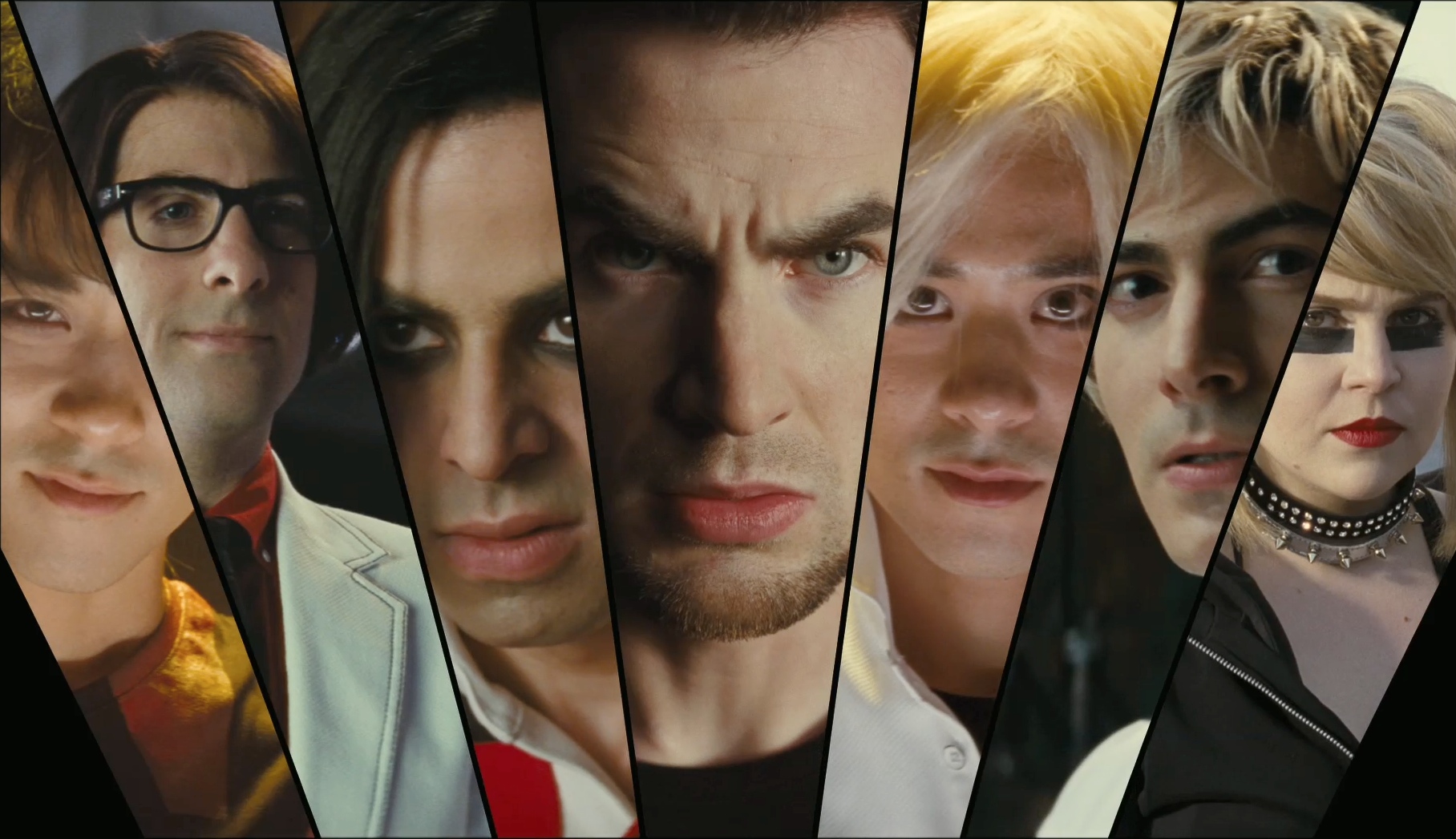
The film introduces a modern-day world with a twist where Scott’s life plays out much like a video game. The audience is graced with martial arts style fighting, and characters that wield weapons that could only be influenced by video games and anime alike. Incidentally, having supernatural powers and traveling across magical subspaces seem to be the norm in Scott’s world, blending seamlessly with everything else around it. There is something charming about being immersed in a fictional world that is familiar, yet fictional.
Scott Pilgrim Is One Giant Throwback
The opening of the film greets the audience with an 8-bit style Universal Studios intro, a pleasant throwback to both the 80s and 90s kids alike. From then on, the film reminisces on simpler times while maintaining a modern-day twist, giving older and new fans something relatable to enjoy. Throwing back to childhood delights such as retro video games, comic books, and anime, fans are given a healthy dose of nostalgia. The audience is graced with Easter eggs throughout the film, with band names paying homage to retro video games such as Sex Bob-Omb (“Super Mario”) and The Clash at Demonhead (“Clash at Demonhead”).
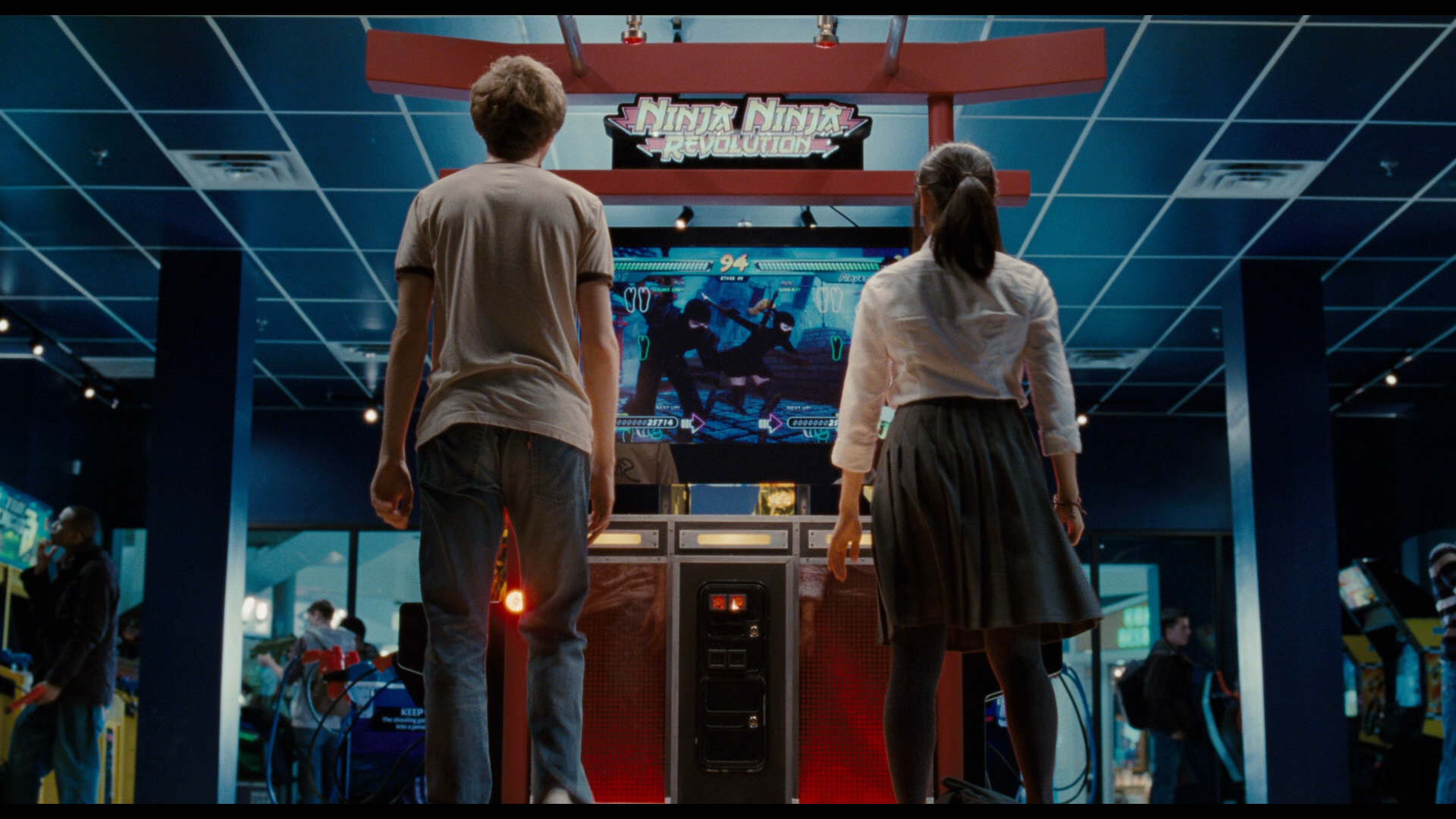
A peek into Scott and Wallace’s studio apartment reveals things that were a staple of simpler times, such as old gaming consoles like Super Nintendo, an analog TV, and a VCR. We also get glimpses of newer technology such as basic cellphones and Neil’s handheld Nintendo DS, which have both heavily evolved over just ten years’ time. These things still blended well into the modern-day at the time, as items like analog TVs and VCRs were still heavily used at the time of the film’s release, right as society began to transition into the digital world.
Scott Pilgrim vs. the World took place during a time of transition, a turning point for technology and internet culture. Memorable scenes such as Scott being in awe over the all too familiar AOL voice telling him he’s got mail brings a laugh to those who remember the age of dial-up internet. Texting, a feature that is now embedded into the current culture, was a rarity at the time. With a combination of landlines and basic cell phones, texting was a new concept that many people didn’t fully embrace just yet. The audience only catches a glimpse of texting, from Wallace speed texting with one hand to Stacey sending out a mass text.
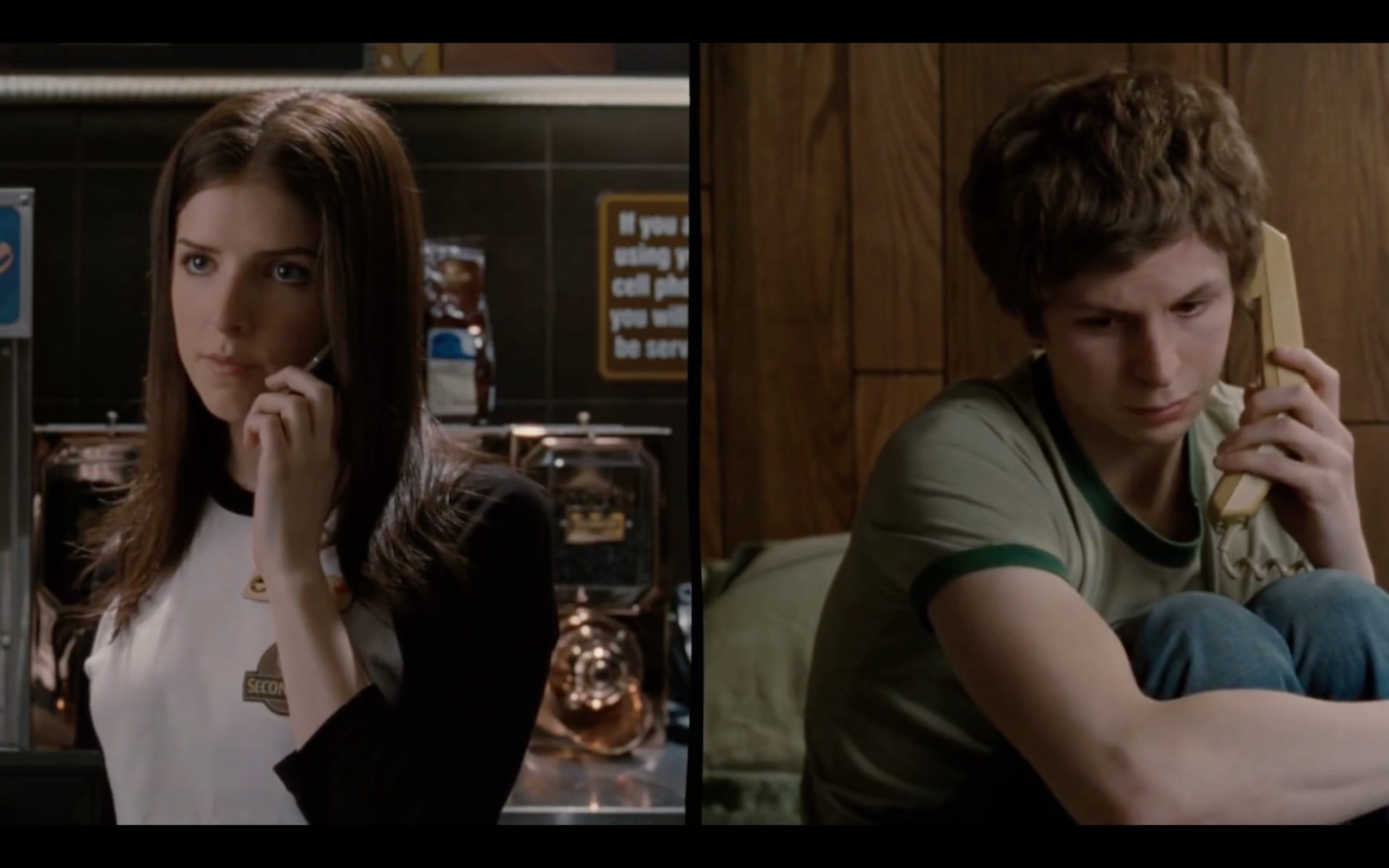
In the years to come, texting will become embedded in the current culture and become a regular part of people’s lives. Social media was also just taking off, being in its early days before it became a regular part of daily life. The film shows how life was before the craze, with friends gathered together to do fun, yet simple activities such as going thrifting, shopping for CDs, and spending hours at the arcade—without having to snap a photo for Instagram or tweet about it. These activities have not changed, of course, but simply evolved. However, there is something about watching the characters on screen partake in those particular activities that bring up feel-good memories of the past.
Music Is The True Heart Of Scott Pilgrim
Though Scott Pilgrim is heavily influenced by geek culture, music also plays a prominent role in the film. Each on-screen musical performance has a target audience as fans are given a variety of music and fantastic scenes to go with. From the hyped-up opening sequence featuring the hardcore “We are Sex Bob-omb” to the comedic yet also catchy “We Hate You Please Die” by Crash and the Boys, each musical scene is memorable and engaging.
The musical aspect in Scott Pilgrim reflects the change and transition of music as society moves out of the new millennium age, finally leaving behind remnants of the nineties as it passes into a new decade.

The 2010s was an age of exploration in popular music, bringing in other niche genres that were often overlooked by the mainstream for years. While Sex Bob-omb gives us a mix of classic alternative and indie rock, The Clash at Demonhead’s memorable “Black Sheep” gives off a different vibe with its new wave indie and pop-punk sound. Coincidentally, similar types of bands began to emerge around this time, taking alternative radio stations by storm.
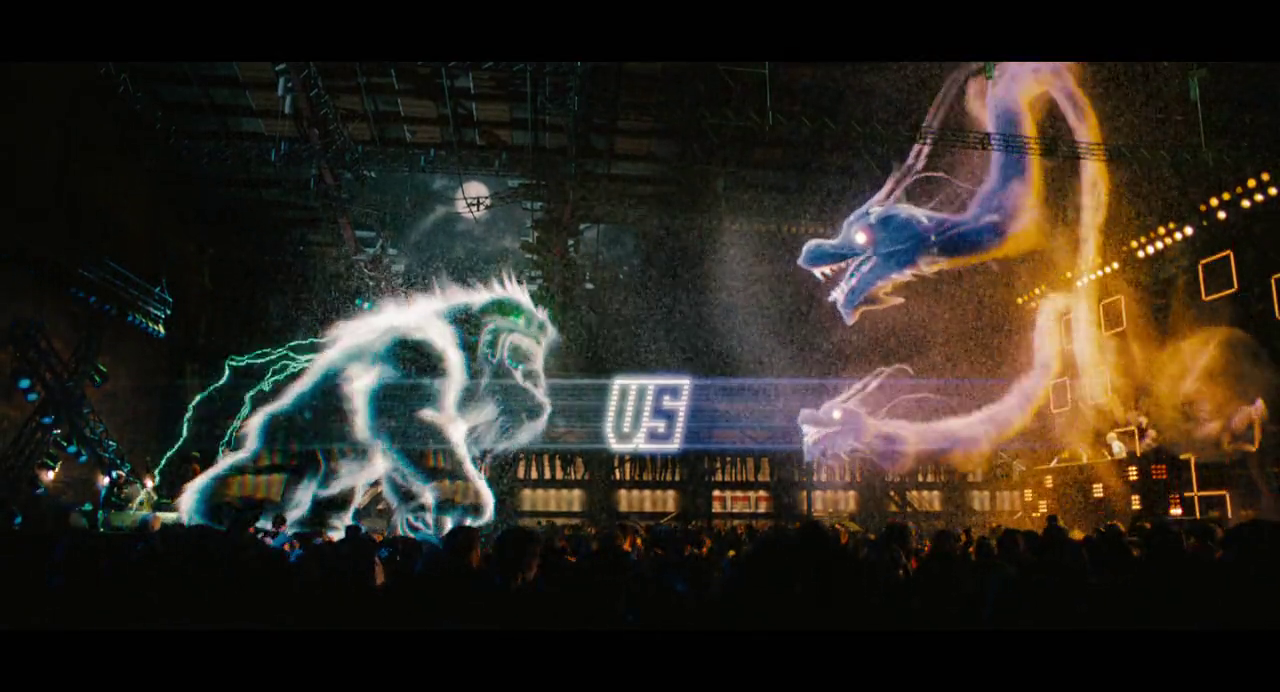
We see this transition again during the visually stunning scene where Scott takes on Ramona’s two DJ exes, the Katayanagi Twins, in an epic battle between two musically summoned kaiju. Dubstep, a subgenre of EDM, was another niche genre that had seeped its way into the mainstream at the time.
Having a short-lived, but powerful presence, it’s upbeat sound brought out popular artists like Skrillex and Knife Party, eventually evolving into a decade of post-rock electronic evolution. The variety of music throughout Scott Pilgrim captivates fans, showing that music doesn’t change, it just simply evolves. Music is something that drives and inspires people, and without it, the world would be a very bland and unexciting place.
Scott Pilgrim Connects With Its Audience In A Unique, Yet Special Way
Scott Pilgrim Vs. The World had an uncanny ability to speak to a wide audience without being very loud. At first glance, the film seems to speak very loudly. The film is generous with constant action-packed scenes accompanied by blaring music. Over-the-top shenanigans that involve having vegan powers, traveling through a mystical subspace, or facing off with demon hipster chicks seems to be the norm; but despite all of these things, the film blends in so seamlessly with the real world in its own magical way without being too over the top or cheesy in feel. Though Scott Pilgrim vs. the World held all of these main elements of a manga or graphic novel, it had its moments that spoke with a much softer voice.
The protagonist, Scott Pilgrim, was heavily inspired by the main character of shonen manga, a style of manga that targeted toward (but is not limited to) a mostly male adolescent demographic. Think of anime series such as Naruto, Hunter x Hunter, and My Hero Academia; shonen manga protagonists are usually adolescent boys who are somewhat naive and hard-headed, yet endearing all the same. They are not afraid to fight anything that stands in the way of achieving their dreams and often inspires others to do the same. It is a lovable trope that manga fans are familiar with, and is something that is shown with protagonist Scott Pilgrim but in a slightly different light.
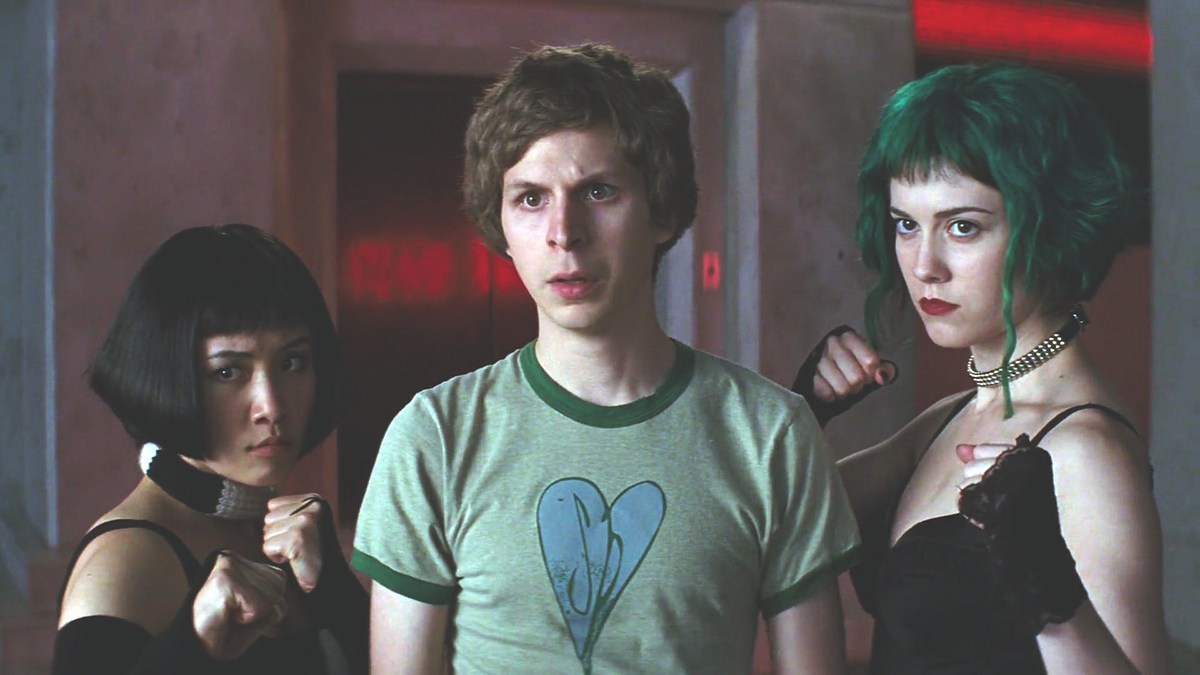
Scott Pilgrim is not a teenage boy reaching for a dream. In fact, he is doing the exact opposite at first. He has no real aspirations, no job, and is indifferent towards his band. He and Ramona struggle with their relationship as both seem initially content with coasting through life. However, it comes to light later on in the film that neither of them knows what they want or where they are going, often leading to mistakes and selfish decisions made by both.
They, along with other fellow side characters, are young adults ranging from their late teens to mid-twenties, all trying to make sense of the world while still transitioning into adulthood. This is something that many can relate to, no matter which generation fans were born into.
The film tackles relatable topics such as heartbreak, self-esteem, unhealthy relationships, letting go, and the struggle to find a place in the real world. It reflects on growing up, as well as facing off with personal demons to do so. Watching Scott and Ramona fight to overcome their personal struggles together is endearing in itself, and encourages young adults to fight for what they want.
Scott Pilgrim’s Lasting Effect
Scott Pilgrim vs. the World has managed to embrace an entire generation and the culture of its time, but the younger generation has followed suit in an interesting way. Millennials hold a special love for days gone by, taking pleasure in the simple things that brought so much happiness to their childhood. They are older now; with many settling down and having children of their own and passing on their childhood joys to them, resulting in a number of fresh new fans with an appreciation of a time before their own. Though some younger audiences have never heard the names Scott Pilgrim or Ramona Flowers, there are some that have and proceed to fully embrace the film and series alike.
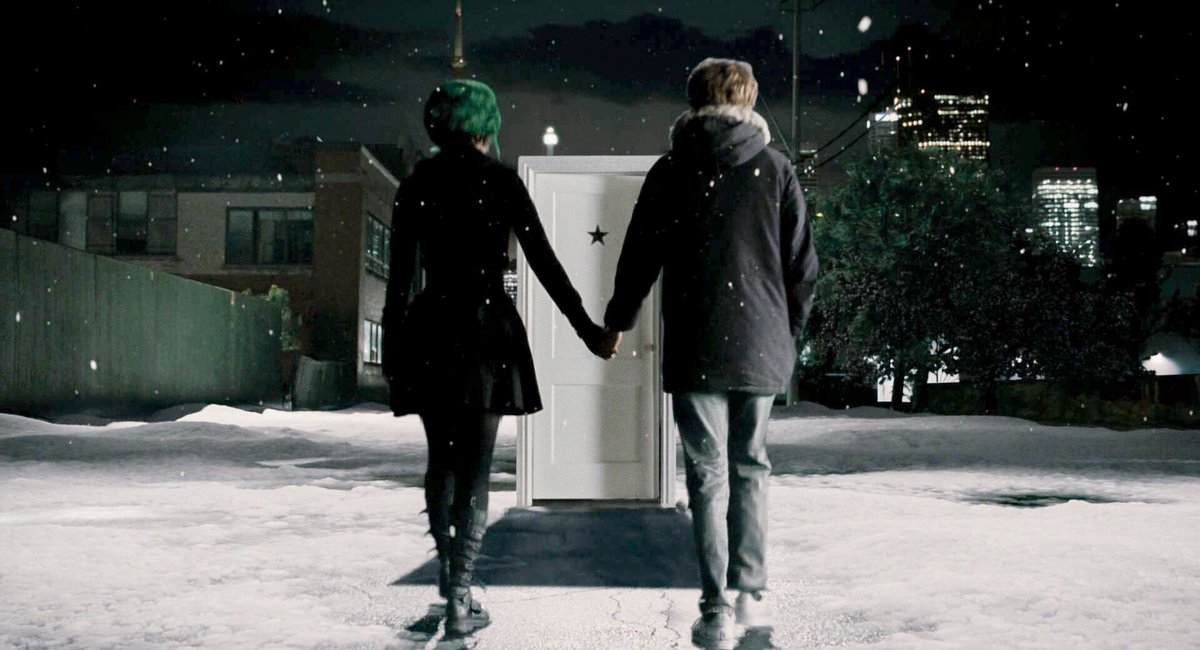
Scott Pilgrim vs. The World is a film that lives through the ages and carries a feel-good vibe that is appreciated by many. Decades-old trends and cult classic movies and TV series are recently making a comeback; and there is no doubt that the film will continue to fit in with the crowd while also staying true to itself. Scott Pilgrim shows that although times change, some things stay the same indefinitely; in a good way, of course. It represents a pivotal moment in time, lovingly embracing an entire generational culture, yet still managing to captivate the hearts of audiences of all ages, even ten years later.
